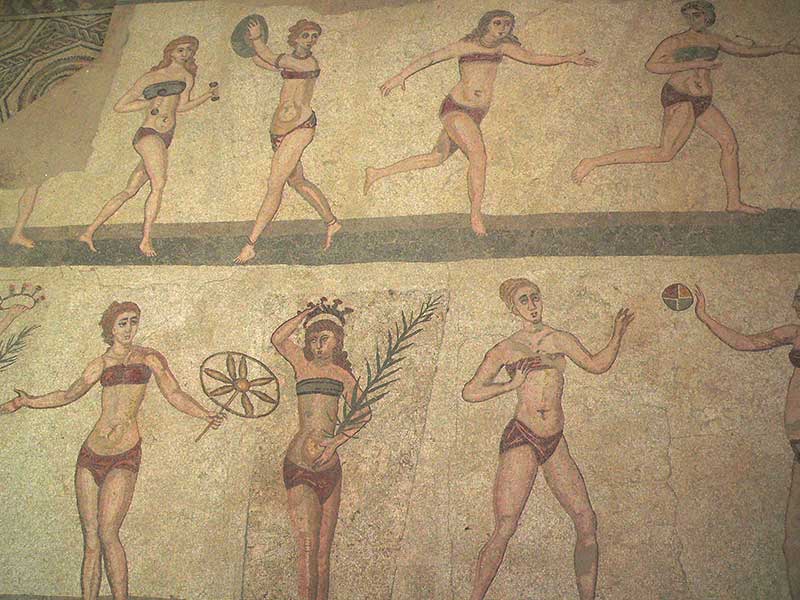Sign up for the daily CJR newsletter.
It’s summer, and time to bring out the “thongs.”
Not the underwear. The shoe. (OK, maybe the underwear, too.)
What, you don’t know what “thongs” are? Maybe you call them “flip-flops,” though that term has been co-opted by politicians accusing one another of changing positions.
On their excellent Grammarphobia blog, Pat O’Conner and Stewart Kellerman wrote what may be the definitive piece on “thongs” or “flip-flops.” Did you know that some people call them “zoris” or “go-aheads”?
“Thong” comes from words meaning “restraint,” according to The Oxford English Dictionary, and was originally a narrow strip of leather used to secure something. (In the case of thong underwear, not much restraint is required.) The first usage of “thong” referring to the shoe was in 1967, the OED says, though “thong-sandal” predates that by a couple of years and Grammarphobia points to many usages before that, mostly in US literature.
The term “flip-flops” is not that much older, first showing up around 1958 in reference to the shoes; the political term dates to the 1800s.
“Zori” is much older, tracing to Japan in the early 19th century. Its usage seems to be confined to California and points west, except when someone is referring specifically to the Japanese shoes, which usually have soles made out of straw or other plant material, or to a brand of “thongs” (the shoes, not the underwear).
“Go-aheads” also seems to be a Californian or Hawaiian term, though, Grammarphobia notes, that it appeared in a Marine publication on the East Coast. One blog speculates that they are called “go-aheads” because “if you Go Backwards, they come off—so you gotta make sure you always ‘Go Ahead.’ ”
Of course, some “thongs” are parts of “bikinis.” So as long as we’re talking about skimpy things, where do “bikinis” come from?
Yes, they come from Bikini, the atoll in the Marshall Islands. But not because that’s what people would wear there.
Instead, they are related to the atomic testing conducted by United States in the 1940s and ’50s. The first usage of “Bikini” outside the atoll’s name, according to the OED, was in 1947 as a reference to a large explosion, similar to what people would see if they saw a Bikini blast.
A French designer, apparently looking to capitalize on the publicity around the tests, introduced a two-piece garment called a “Bikini” in 1946. Le Monde wrote about it, referring to the “explosive” nature of the garment:
Bikini, ce mot cinglant comme l’explosion même…correspondait au niveau du vêtement de plage à un anéantissement de la surface vêtue; à une minimisation extrême de la pudeur.
Roughly translated, that means the beach garment amounted to an explosion of a lack of modesty for its minimally dressed surface.
Whether the designer was Jacques Heim or Louis Réard is a matter of some dispute. Heim marketed a two-piece bathing suit called the Atome in early 1946, according to the WordOrigins blog, which credits him with naming the “bikini” some months later. The BBC says Réard came up with the name—and a skimpier suit.
But “bikinis” as an article of fashion are far older. At the Villa Romana de Casale in Sicily, a fourth-century AD UNESCO World Heritage site, a mosaic shows women in “bikinis” exercising. It’s apparently just their underwear, but the mosaic is now called The Bikini Girls. Other Roman mosaics elsewhere have similar themes.
(Credit: M. Disdero via Wikimedia)
At least they weren’t wearing “thongs,” on their feet or elsewhere.
Next week, we’ll continue the exploration of summer fashions. Happy solstice!
Has America ever needed a media defender more than now? Help us by joining CJR today.








